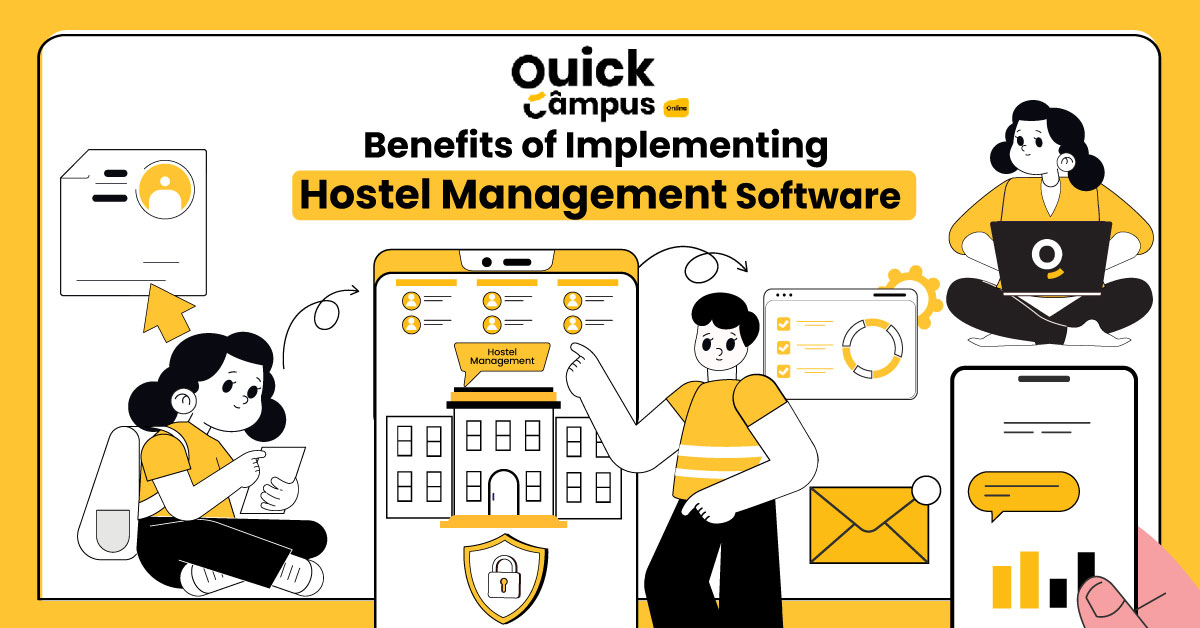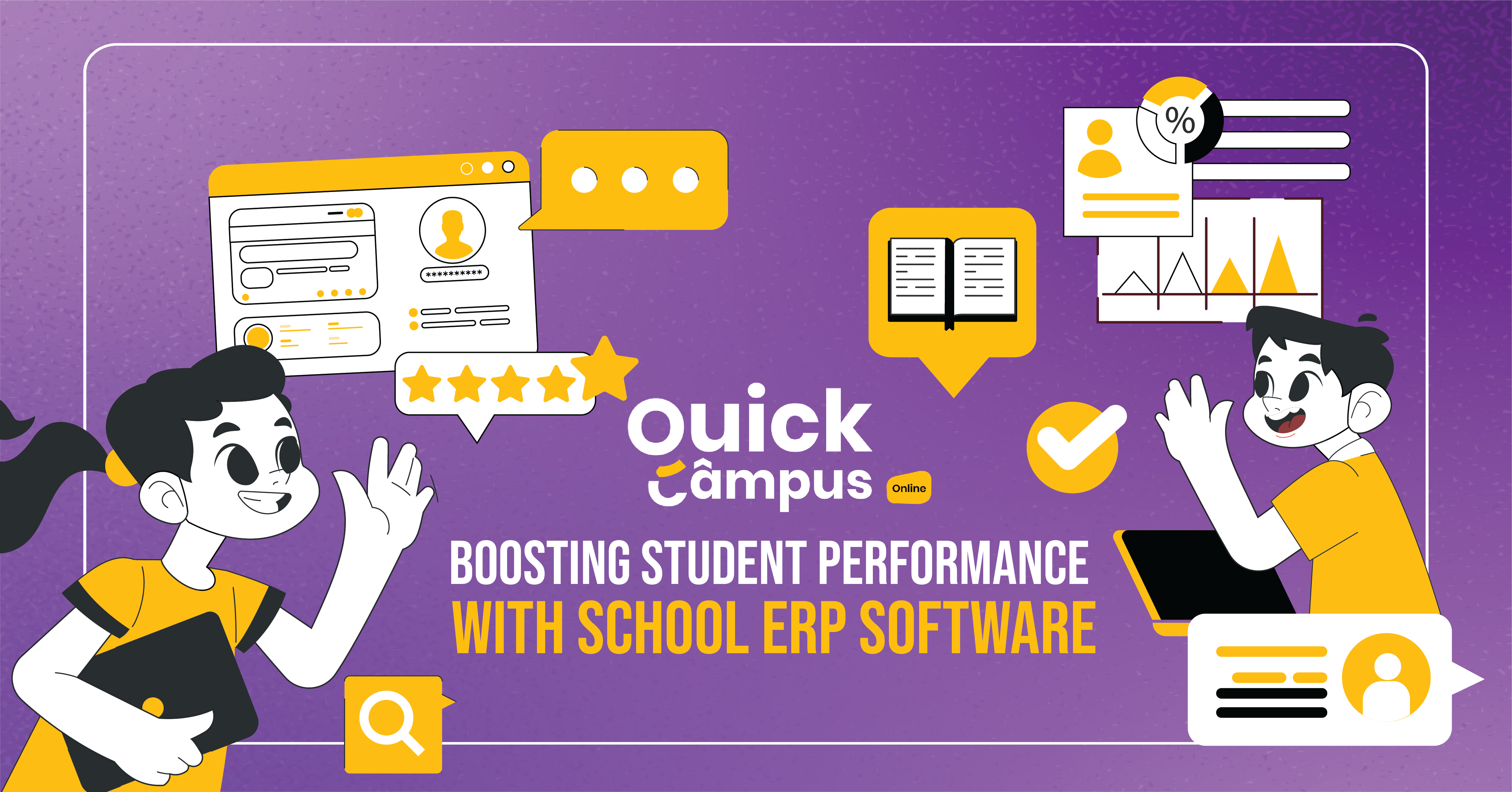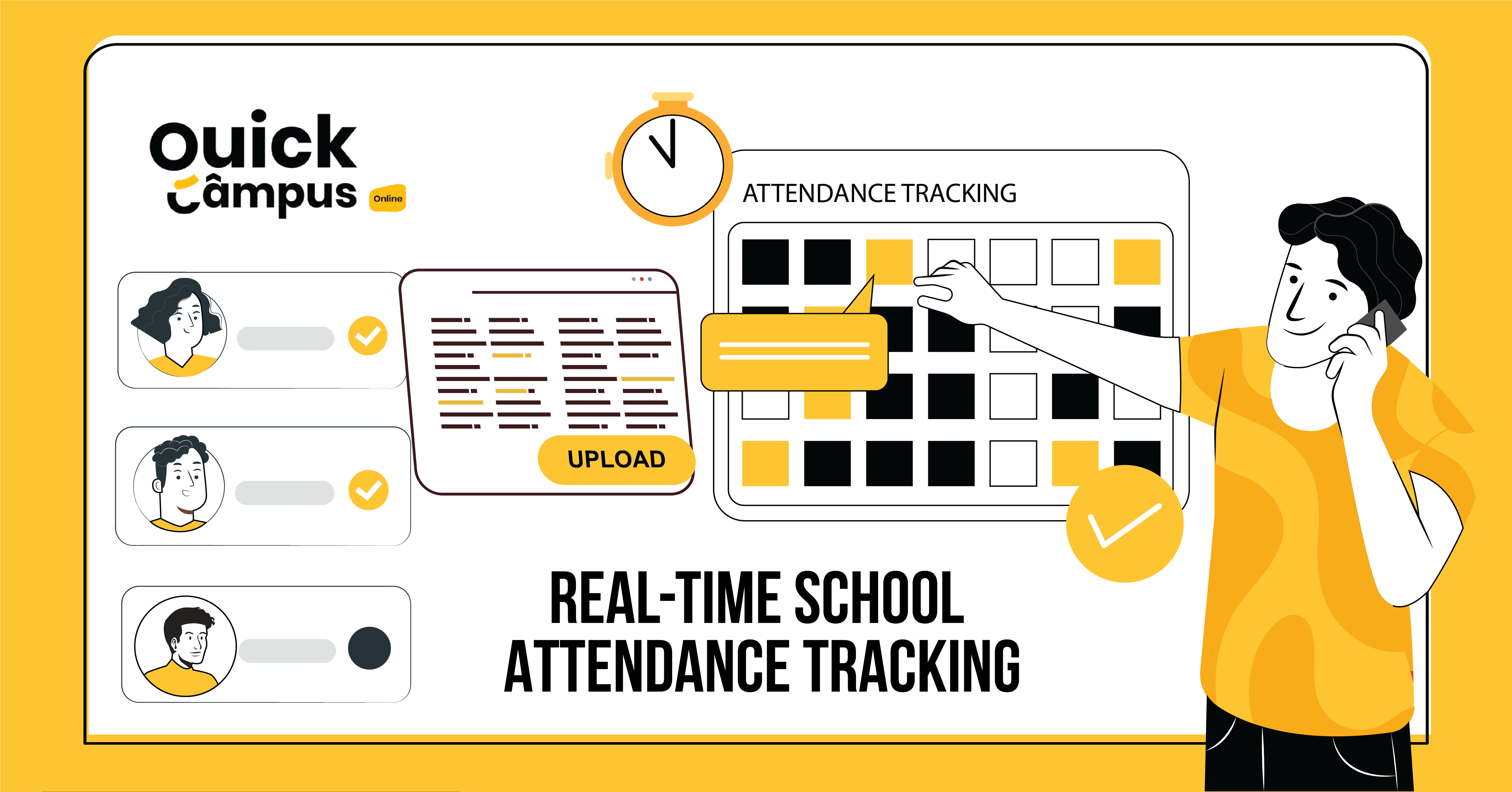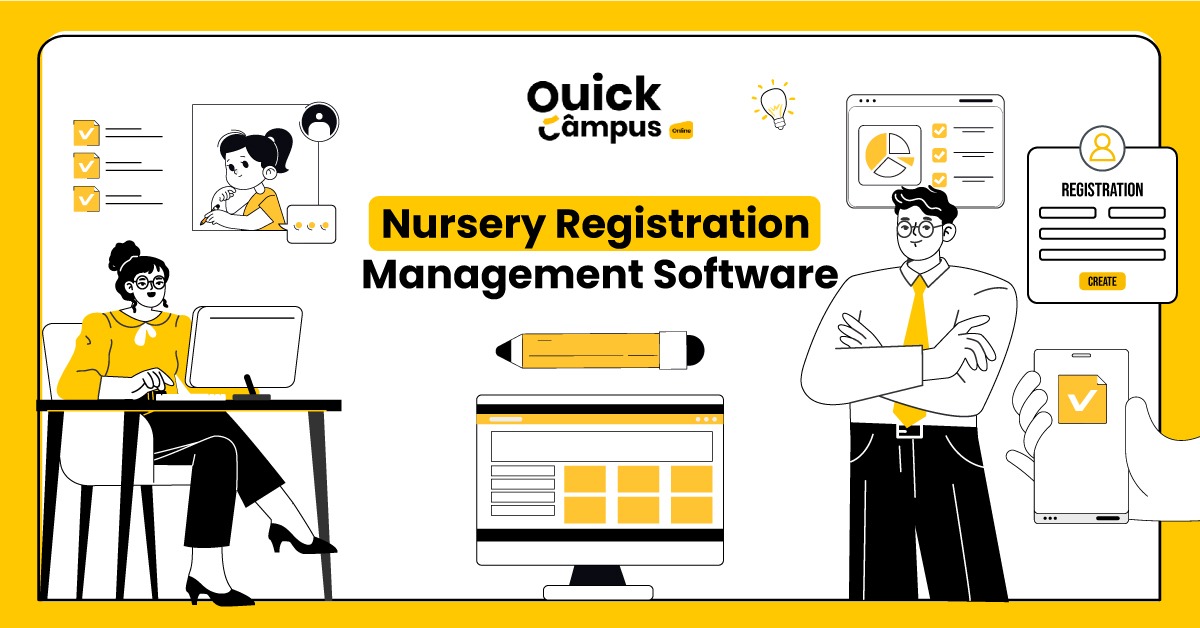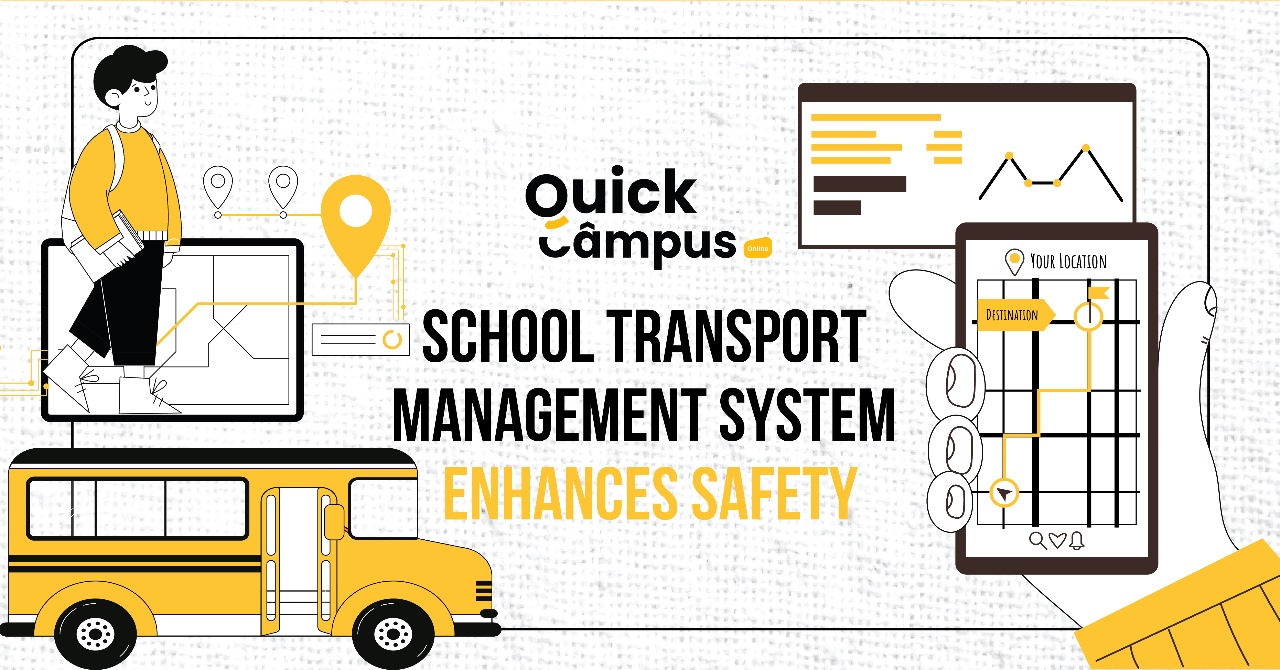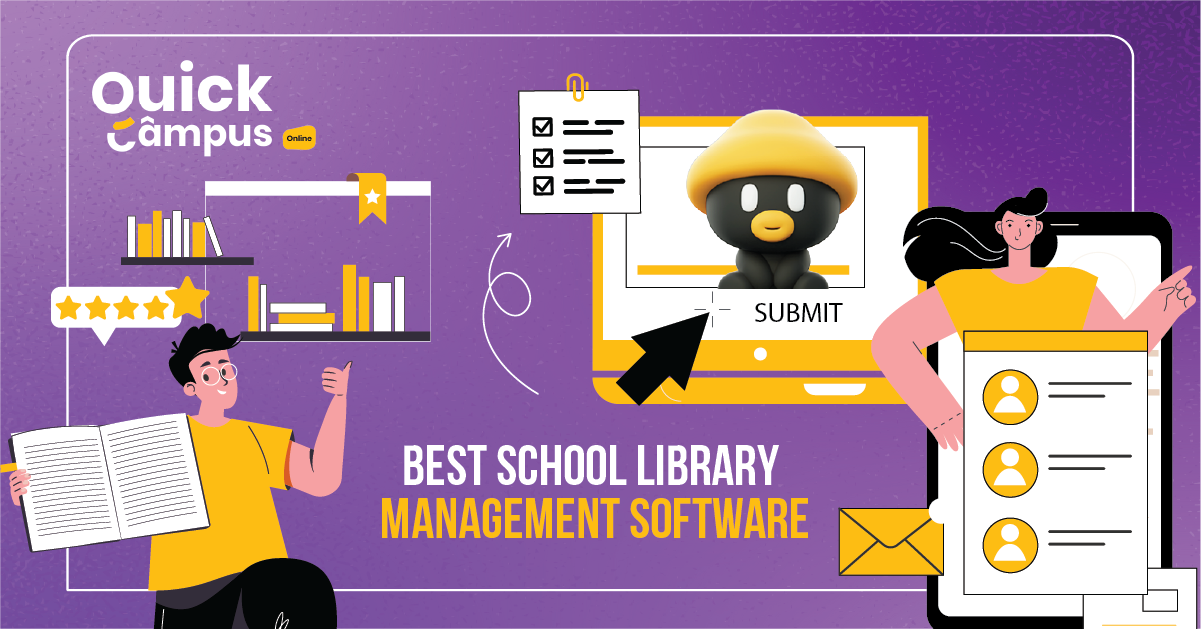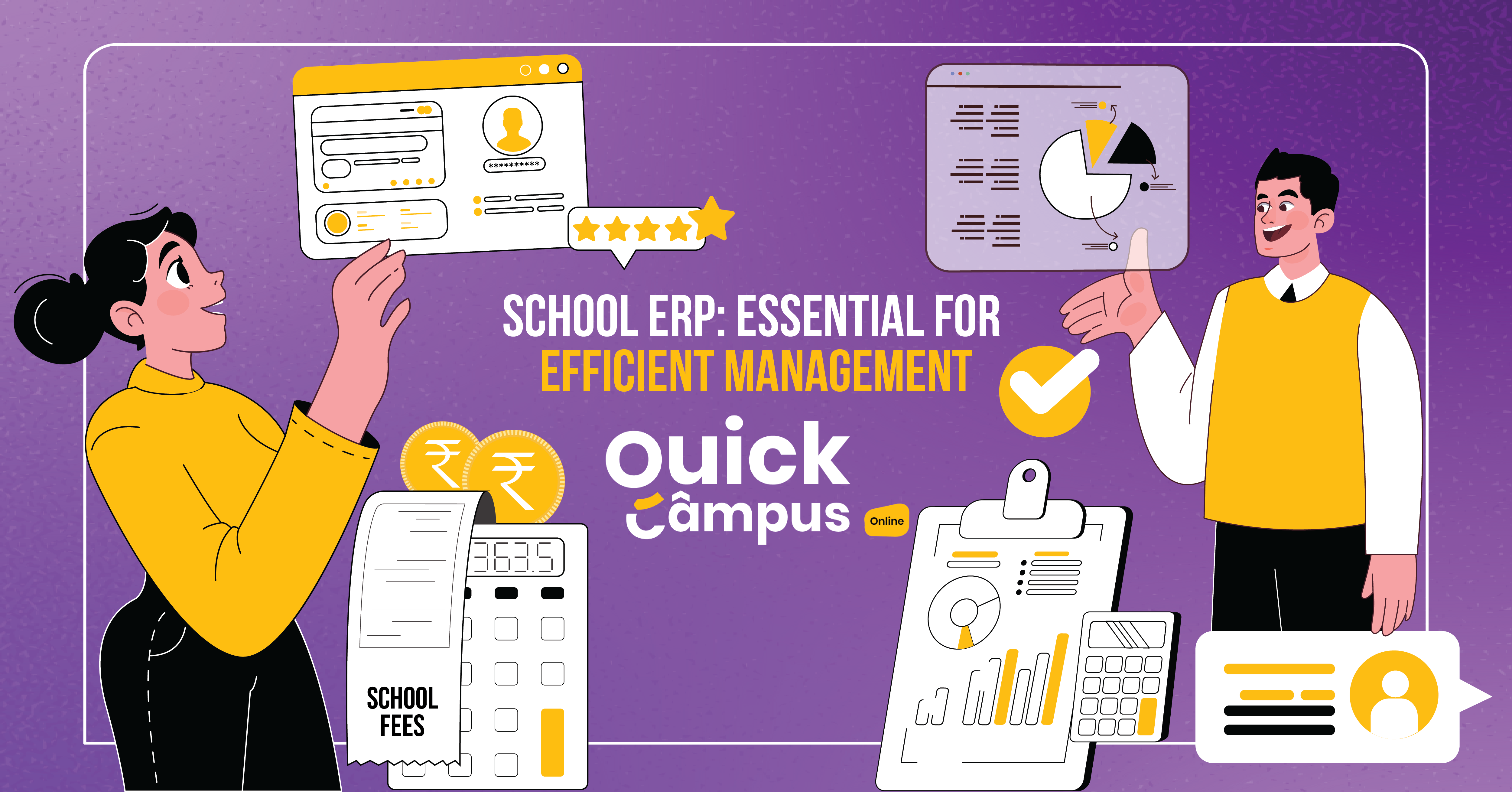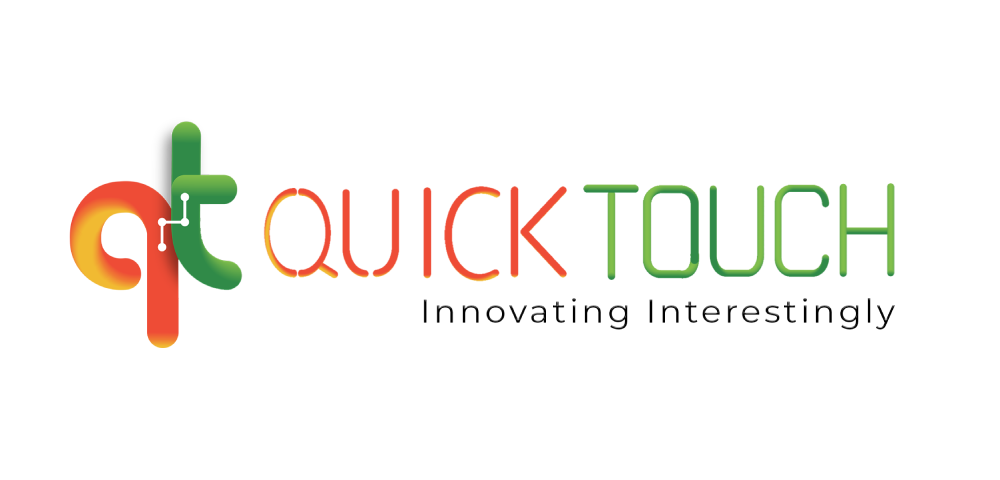Digital Divide In Education: Ensuring Fair Access To Technology
In today’s fast-changing world, equitable use of technology in the classroom is a burning topic in discussions across India. While technology offers many chances for learning and progress, it also poses the big problem of the digital divide. This difference in technology and digital things affects students and schools differently, making education unfair. In North India, where educational differences are big, fixing the digital divide is very important for making learning fair for everyone.
Equitable Use Of Technology In The Classroom
Using technology fairly in the classroom isn’t just about giving out devices and the Internet. It means making sure all students, no matter how rich they are, have the same opportunities to use technology for learning. Technology like interactive learning websites, educational apps, and online resources can make learning more fun, help each student learn in their own way, and show them more about the world.
Access To Technology
Many schools and students in North India still struggle to achieve equity in technology. While cities may have better internet and equipment, rural areas and places with few resources often lack access to even basic technology. Fixing this problem requires help from leaders, teachers, and others to build better infrastructure, offer discounts on devices, and bring internet to faraway places.
Equality In Technology
Making technology fair isn’t just about getting it; it’s also about fixing unfair things that prevent poor students from using it well. This includes the duties of teachers on how to use technology, making sure online things suit all students, and making rules that ensure everyone gets technology fairly.
Digital Divide In Education In India
India, with its big differences in wealth, has a big digital divide in education. Even though programs like Digital India want to fix this, problems like not enough infrastructure, not enough money, and not enough people knowing how to use technology stay. In North India, where educational differences are pronounced, fixing the digital divide needs many ways to fix problems like bad infrastructure, not enough money, and people not knowing how to use technology.
Solutions To The Digital Divide in Education
Fixing the digital divide requires everyone to work together and think of new ideas to fix North India’s education problems. Some ideas include:
- Making Infrastructure Better: Spending money to give internet and technology to rural areas.
- Making Devices Cheaper: Giving poor students discounts on devices or selling them at low prices.
- Teaching Teachers: Helping teachers learn how to use technology well in their teaching.
- Teaching Digital Skills: Making programs to teach students how to use technology safely and well.
Bridging The Gap Between Schools And Effective Learning: School Management System Software
To reduce the digital divide, school management system software has become an important tool in making administrative tasks easier and improving communication among different people involved.
These software solutions provide a complete platform for handling student records, academic schedules, and money transactions, helping schools work more effectively and openly.
With features like signing up online, parent websites, and instant data analysis, these systems give educational institutions the ability to adjust to the needs of the digital era and promote more teamwork between teachers, students, and parents.
In North India, where there’s a big need for better management and communication systems, adopting school management software is a significant move towards making sure everyone has fair access to technology in education.
Summing Up
Fixing the digital divide isn’t just about being ethical; it’s a necessity to ensure that everyone can get quality education. By prioritizing initiatives that promote equitable use of educational technology, giving everyone access to online resources, and teaching people how to use technology well, we can ensure that all students have the same chances to do well.
At Quick Campus, we work together to create a future in which technology helps everyone learn and do well in school.
What Exactly Is The Digital Divide In Education?
The digital divide is the gap between people who can use digital technology and those who can’t, especially in education. It’s about differences in having computers, tablets, and the Internet and knowing how to use them. The digital divide makes educational inequalities worse by stopping some people from learning the things they need to.
How Does The Digital Divide Impact Students In North India?
In North India, where there are big differences in money and living conditions, the digital divide makes life hard for students and schools. Many students in rural areas and places where help is needed don’t have the technology they need to learn online or participate in digital learning projects. This makes the gap bigger between students who have access to good learning technology and those who don’t, making things unfair.
What Are Some Effective Strategies For Addressing The Digital Divide In Education?
To tackle the digital divide, we need to do lots of things involving different people, like leaders, teachers, and the community. These include:
- Infrastructure development to improve internet connectivity in remote areas.
- Providing subsidies or low-cost devices to students from economically disadvantaged backgrounds.
- Offering professional development programs for teachers to enhance their digital literacy and integrate technology into their teaching practices.

